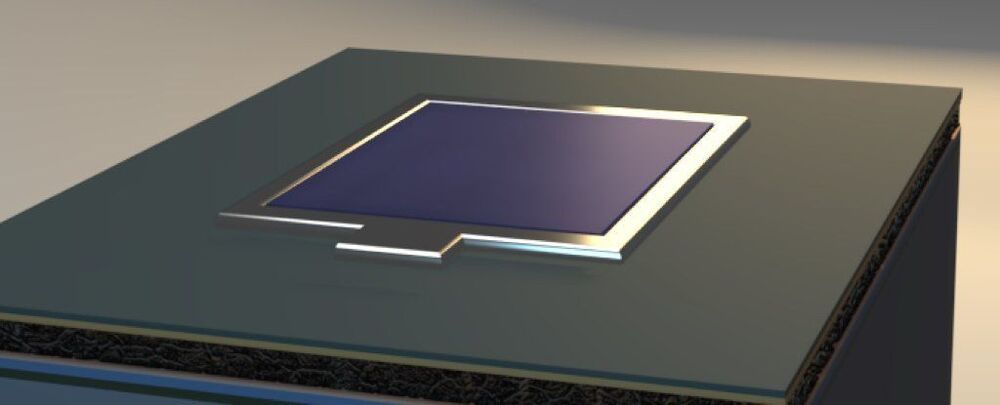Google services knocked offline in rare outage.
Users around the world were unable to access applications including YouTube, Gmail and Docs.


Better doublecheck your kitchenware! 😃
The results indicate that environmental chemicals may be an important contributing factor to the obesity epidemic. Unfortunately, it is practically impossible to avoid exposure to PFASs as they have been widely used in products like cookware, clothes, shoes, wrappers and furniture, to make them more stain-resistant, waterproof and/or nonstick.
Additionally, even though some PFASs (but not all) are no longer manufactured in the U.S., they continue to be in other countries around the globe. The long life of the chemicals and their ability to travel long distances through the air makes exposure possible even years after manufacturing and at completely different geographical locations.
Nevertheless, Sun gives one more reason to stop eating junk food: “We know that PFAS exist in food packaging materials, like fast-food wrappers and microwave popcorn bags. If you don’t eat those foods, you can possibly reduce your exposure.”
YouTube has gone down, with the video site failing to load at all.
Users simply see a message reading “oops”, a note saying that “something went wrong” and a picture of a monkey carrying a tool.
Some users did find that they were able to get onto the site by using incognito mode, and that the issue appeared to be a result of logging in or trying to visit on a browser that had already been logged in.


Scientists demonstrate a innovative e-skin with touch and proximity-sensing capabilities without using dedicated touch sensors.

Renewables keep on gaining steam. 😃
Improving the efficiency of solar cells can make a huge difference to the amount of energy produced from the same surface area and the same amount of sunshine, and another world record has been beaten in the push for better yields.
Researchers have now hit an efficiency of 29.15 percent in the perovskite/silicon tandem solar cell category, which is just one of several different types of cells. There are currently a variety of different technologies in use to convert solar energy into electricity.
For this type of panel, the long-term target of more than 30 percent is now tantalisingly within reach. The latest lab tests edge ahead of the maximum 28 percent efficiency that perovskite/silicon cells have managed up to this point.

A team of researchers has developed a flexible, rechargeable silver oxide-zinc battery with a five to 10 times greater areal energy density than state of the art. The battery also is easier to manufacture; while most flexible batteries need to be manufactured in sterile conditions, under vacuum, this one can be screen printed in normal lab conditions. The device can be used in flexible, stretchable electronics for wearables as well as soft robotics.
The team, made up of researchers at the University of California San Diego and California-based company ZPower, details their findings in the Dec. 7 issue of the journal Joule.
“Our batteries can be designed around electronics, instead of electronics needed to be designed around batteries,” said Lu Yin, one of the paper’s co-first authors and a Ph.D. student in the research group of UC San Diego’s nanoengineering Professor Joseph Wang.
As much of the aviation industry fights to survive the coronavirus pandemic, some economists and engineers see the crisis as an opportunity to use stimulus funds to propel air travel to a carbon-neutral future. Photo illustration: George Downs.
More from the Wall Street Journal:
Visit WSJ.com: http://www.wsj.com.
Visit the WSJ Video Center: https://wsj.com/video.
On Facebook: https://www.facebook.com/pg/wsj/videos/
On Twitter: https://twitter.com/WSJ
On Snapchat: https://on.wsj.com/2ratjSM
#WSJ #Aviation #Science

Circa 2007
Robocops could soon leave the realm of science fiction thanks to a new bullet-proof material proposed by engineers in Australia. According to computer simulations done by the team, bullets would be no match for vests made of the material, and would simply bounce off owing to the high elasticity of the nanotubes. The researchers claim that the material, which has not been made yet, would be a great improvement on existing anti-ballistic clothing that stop bullets from penetrating by spreading the bullet’s force — something that can still cause serious injury (Nanotechnology 18 475701).